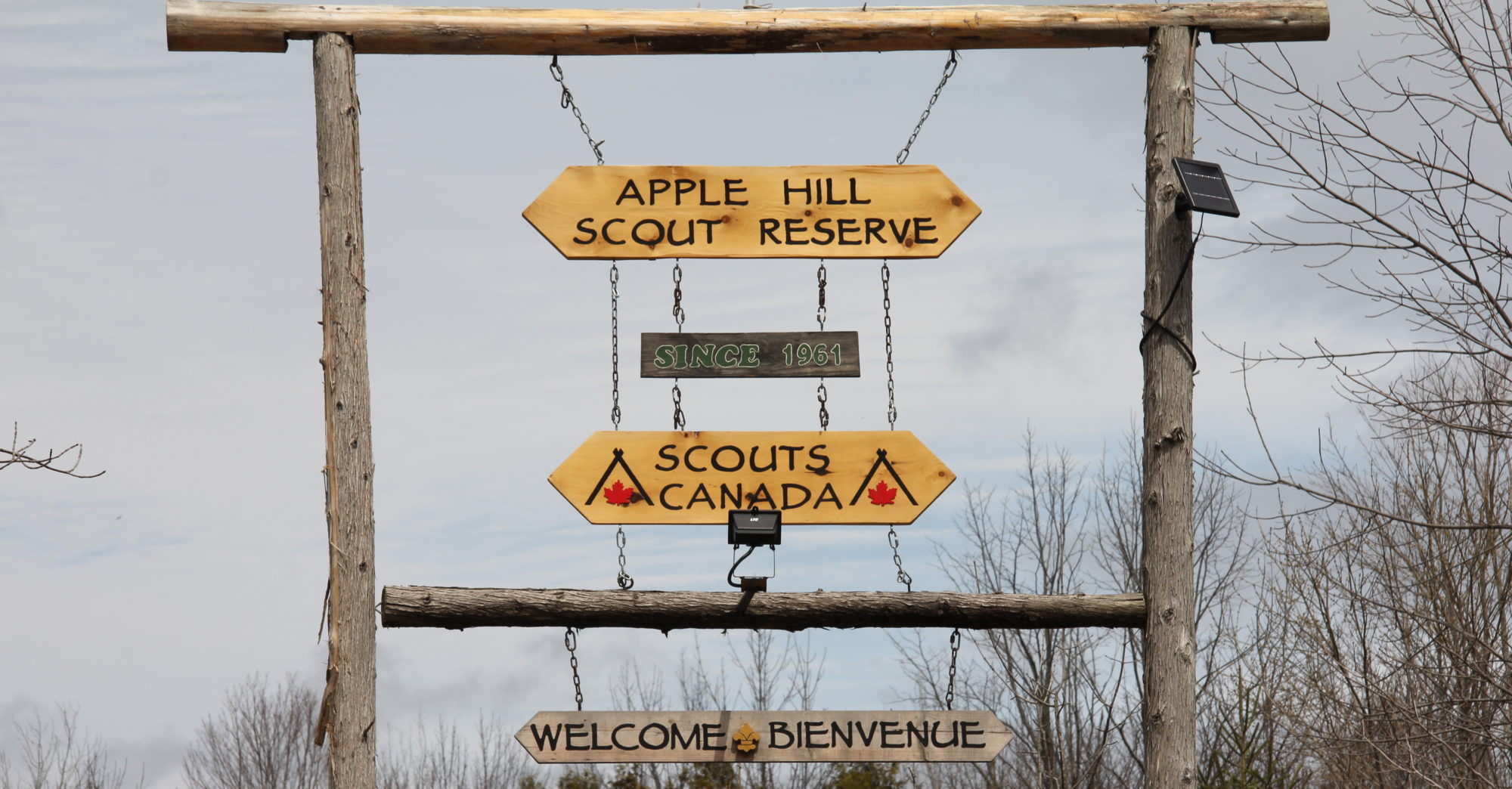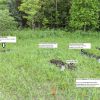As part of creating a Sustainable and Managed Forestry Plan for the camp, we invited conservation officers from Nation and Raisin River Conservation areas to visit us. Technically, we’re in the Raisin River area. The Conservation Areas are offering free assistance to help landowners prepare Forest Management plans.
Peter took Cheyene, Nation Conversation Area, on a walk through the property (Red Trail, NW field to gate, NE field to gate, Blue trail – Orange – Main road). We saw a wide variety of trees, she educated Peter on tree identification by bark and leaves, plus we discussed best practices for our existing poplar stands.
Some of the tree varieties:
ash (3 varieties)
maple (sugar + another)
ironwood
basswood
hemlock
beech
oak (burr, white)
bitternut hickory
butternut
white pine
black cherry
The wetland area on the western side of the property is considered a Provincially Significant Wetland (PSW). That means no buildings to be constructed; no problem. We did find there is a birdhouse in the wetland, would be a good place to add more.
The old Domtar poplar stands are reaching the end of their lifespan. We can start doing in-fill planting and use the poplars to protect the saplings for a few years. We could also do selected planting of cash crop trees, again using the poplars to protect the saplings. Both of these options provides an opportunity for Scouting youth to organize and plan a tree planting session to help with our reforestation plans.
Next steps are to determine if we want to have a detailed forest survey (last done in 1985) to go along with the plan.


